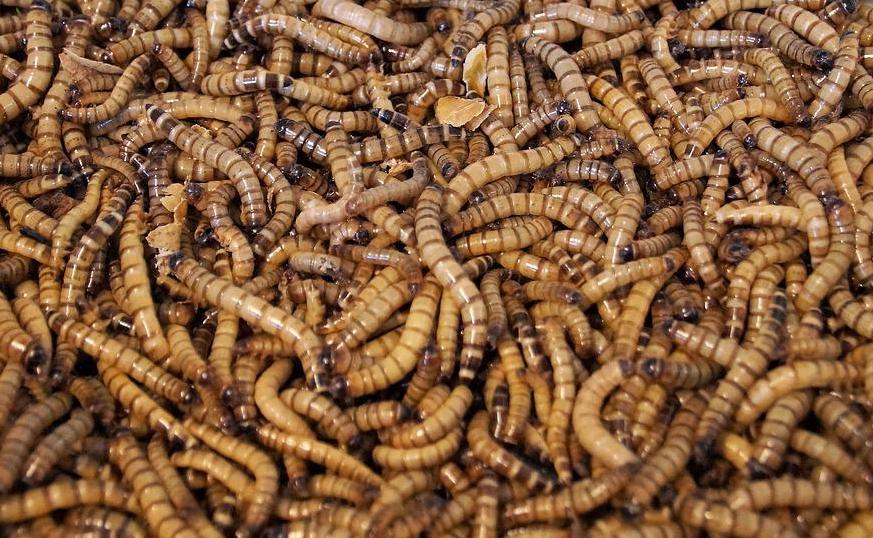Scientists Are Reanimating Terrifying Species And They’re Instantly Multiplying

It’s almost as if scientists watch movies like Jurassic Park, and instead of thinking something along the lines of “Wow, that was a really bad idea, let’s not do that in real life,” they think the opposite. According to Futurism, scientists are reanimating 46,000-year-old roundworms that were discovered 130 feet below the Siberian permafrost. And to make matters worse, the species has already started reproducing.
The study, published in the journal PLOS Genetics, explained that this experiment wasn’t simply scientists trying to reanimate the corpses of long-dead animals but that the researchers had good intentions behind playing mad scientist. Since these organisms were discovered beneath the permafrost, the idea is that they might be able to help us learn more about climate change and how to adapt to quickly changing weather patterns.
Scientists were able to reanimate 46,000-year-old roundworms from Siberian permafrost, and the species quickly began to reproduce.
The ancient roundworms belong to a newly discovered species of nematodes known for their ability to survive in a wide range of environments. And the scientists didn’t exactly bring them back to life because these strange worms hidden under the Siberian permafrost never actually died. It turns out that these remarkable creatures have the ability to suspend their metabolism and remain dormant for tens of thousands of years.
Like the hardy tardigrades (a microscopic animal also known as water bears or moss piglets), these ancient roundworms have an incredible survival ability. This has allowed the worms to withstand freezing temperatures of the permafrost and in lab experiments that have subjected them to temperatures as low as -112 degrees Fahrenheit.
The idea is that this discovered species might be able to help us learn more about climate change and how to adapt to quickly changing weather patterns.
To revive the ancient nematodes found in the permafrost, the researchers mildly desiccated both the ancient worms and a control group of more studied nematodes before freezing them. Astonishingly, the worms easily woke up from their suspended state when placed on a culture plate with bacteria, humidity, and room temperature.
What the worms did next was even more surprising—they immediately started “crawling around” and reproducing.

The researchers believe that this discovery holds significant implications for understanding how complex organisms can survive long periods of stasis. By adapting to survive in a cryptobiotic state in the permafrost, some nematode species gained the potential to remain in this state for geological timeframes.
As our planet faces rapid changes due to global warming, these organisms could potentially be awakened from their millennia-long slumber, leading to the revival of otherwise extinct lineages.
The revival of these ancient creatures from the distant past also sheds light on the diversity and evolutionary adaptations that species have undergone over tens of thousands of years. The nematode species, Panagrolaimus kolymaensis, was found in Siberian permafrost near the Kolyma River, making it the oldest nematode ever revived by several thousand years.
While resurrecting long-extinct animals may sound like science fiction (and a very bad idea), the recent findings emphasize certain species’ resilience and ability to adapt to challenging conditions. Scientist Philipp Schiffer and his team are currently conducting fieldwork in the Australian Outback to compare the revived extinct animals with similar species found in the permafrost and other places worldwide. Their research aims to decode the evolutionary adaptations and diversity these species have experienced over the past 40,000 years.












